3yr old healthy looking dwarf umbrella tree suddenly drooping
steveracer
4 years ago
last modified: 4 years ago
Featured Answer
Sort by:Oldest
Comments (10)
Dave
4 years agoRelated Professionals
Essex Landscape Architects & Landscape Designers · Tomball Landscape Architects & Landscape Designers · Coram Landscape Contractors · Cornelius Landscape Contractors · Midland Landscape Contractors · Paramus Landscape Contractors · Waltham Landscape Contractors · York Landscape Contractors · 70037 Landscape Architects & Landscape Designers · Washington Landscape Architects & Landscape Designers · Westwood Landscape Contractors · Laguna Hills Landscape Contractors · Parker Landscape Contractors · Woodburn Landscape Contractors · Vadnais Heights Landscape Contractorssteveracer
4 years agoEmbothrium
4 years agosteveracer
4 years agosteveracer
4 years agoEmbothrium
4 years agotapla (mid-Michigan, USDA z5b-6a)
4 years agoKaren S. (7b, NYC)
4 years agolast modified: 4 years agofloral_uk z.8/9 SW UK
4 years ago
Related Stories

TREESHow to Buy Healthy Trees and Shrubs
A healthy young plant with a strong form is more likely to do well in your yard. Here’s what to look for at the nursery
Full Story
GARDENING GUIDESHow to Keep Your Citrus Trees Well Fed and Healthy
Ripe for some citrus fertilizer know-how? This mini guide will help your lemon, orange and grapefruit trees flourish
Full Story
GARDENING GUIDESTree Care: Common Tree Diseases and What to Do About Them
Learn to recognize trees that may be affected by diseases or pests so you can quickly take action
Full Story
GARDENING GUIDES5 Best-Behaved Trees to Grace a Patio
Big enough for shade but small enough for easy care, these amiable trees mind their manners in a modest outdoor space
Full Story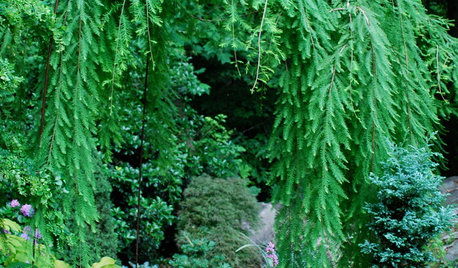
LANDSCAPE DESIGNThe Weepers and the Creepers: 10 Intriguing Trees for Your Garden
Bring something a little different to your landscape with a tree that dives, twists or crawls
Full Story
GARDENING AND LANDSCAPING3-Season Rooms: Luxe Meets Rustic on an Ozarks Terrace
Fire features, nature-inspired furnishings and native plants make a large terrace in the mountains as comfortable as can be
Full Story
EDIBLE GARDENSHow to Grow 10 Favorite Fruit Trees at Home
Plant a mini orchard in fall, winter or early spring to enjoy fresh-off-the-tree fruit the following year
Full Story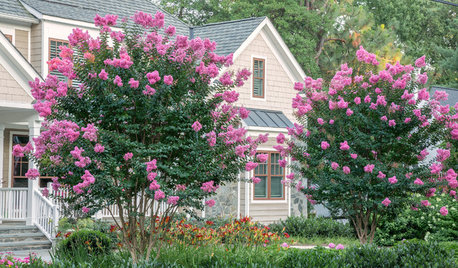
LANDSCAPE DESIGN10 Flowering Trees Landscape Architects and Designers Love
These blooming beauties make lovely additions to gardens — bringing color, fragrance and pollinators
Full Story
EDIBLE GARDENSHow to Add an Apple Tree to Your Edible Garden
Readily available, beautiful and fragrant, apple trees offer four-season interest along with crisp, juicy fruit
Full Story
GARDENING GUIDESWhen and How to Plant a Tree, and Why You Should
Trees add beauty while benefiting the environment. Learn the right way to plant one
Full Story






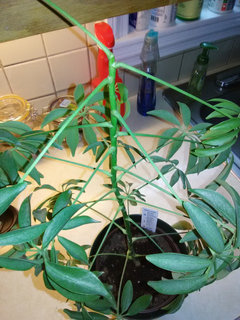
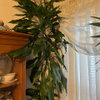
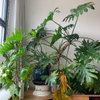
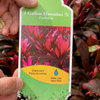
floral_uk z.8/9 SW UK